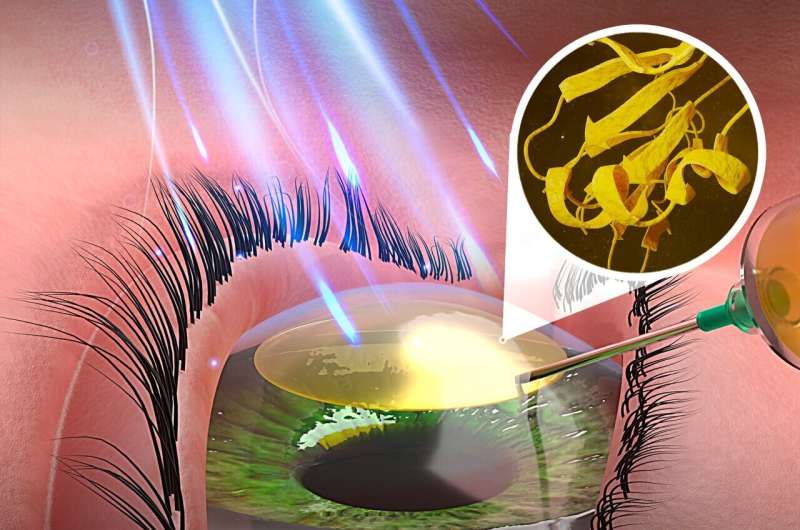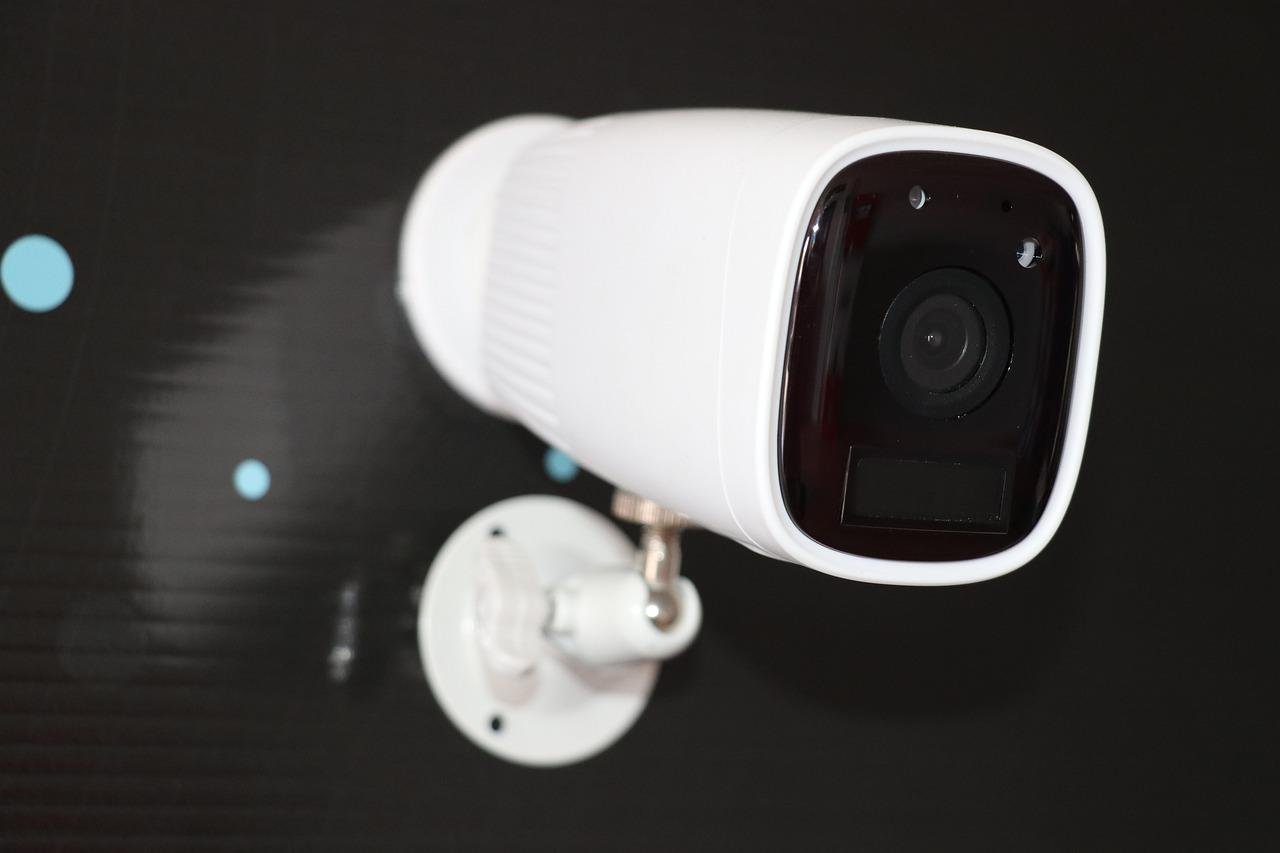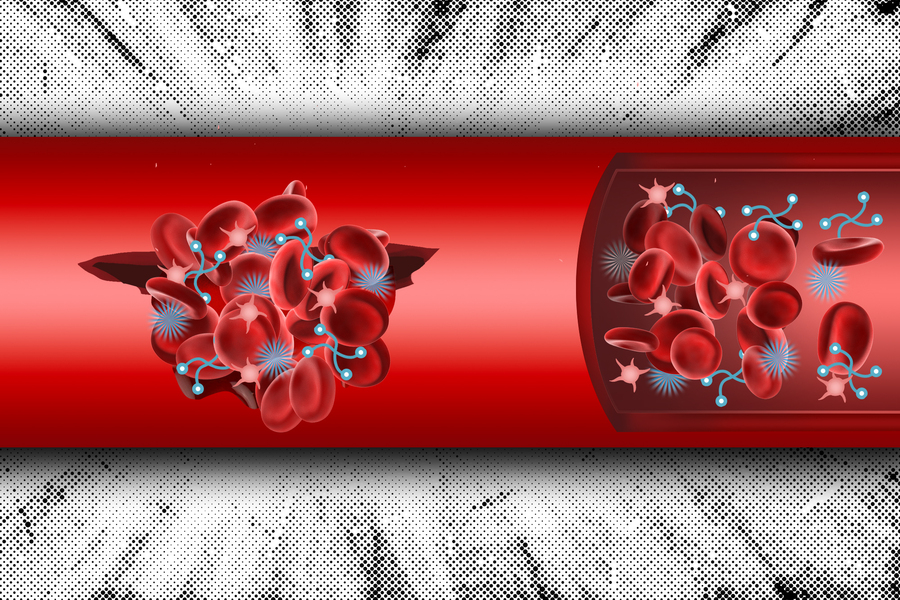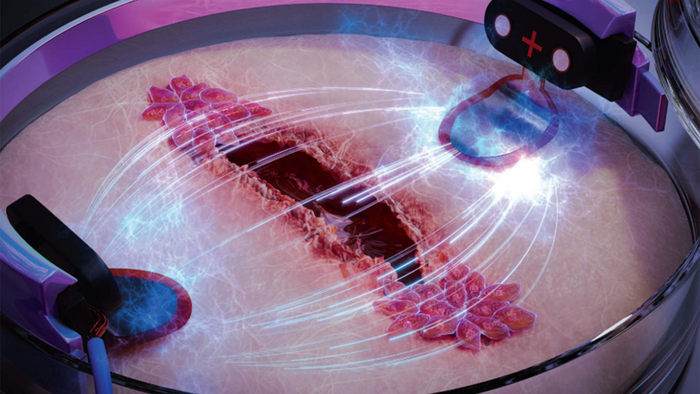The battle against disease comes in three phases: prevention, treatment, and cure. The importance of each of these categories varies throughout the world and depends on the country’s population density, technological resources, and cultural bias. In a perfect world, illness would not exist. Fortunately, technological advancements are working to make this come true. Here are three ways technology is making the world a healthier place:
Creating Potable Water
It may seem incomprehensible to residents of first-world countries, but nearly a billion people worldwide do not have access to safe drinking water, resulting in 2,000 deaths every day. Throughout the globe, water is the number one place for disease and disease prevention. In response to this, Janicki Bioenergy, backed by the Bill and Melinda Gates Foundation, has developed a water purification plant called the Omniprocessor. This reclamation plant converts 14 tons of raw sewage into drinkable water that meets or beats the standards of American store-bought bottled water.
An often forgotten component of preventative disease control is that it needs to be economical. The Omniprocessor has the added benefit of generating revenue for the area using it. The waste that is filtered away creates ash and electricity that can be used or sold.
Monitoring Diabetes
There are some diseases that currently cannot be cured, but the symptoms can be treated. Asthma, hepatitis, and diabetes fall under the category of treatable but not curable. Because diabetes is so prevalent, with nearly 30 million Americans diagnosed, and the current treatment has so many data points associated with blood sugar levels and insulin production, the research methodology looks similar to big-data analysis used by marketing investigators. Insulin pump manufacturer OmniPod is developing a continuous glucose monitoring device that transmits the patient’s information for personal use as well as research. This gives researchers thousands of data points per person that can fine-tune treatment in the same way that metadata targets marketing demographics. It’s similar to Nielsen ratings for blood sugar levels, and patients get the reports.
Finding a Cure
Although treatment may mean that patients don’t feel the effects of the disease, a cure removes it from the body entirely. Sans politics, stem cell research is promising to be the cure-all for most every disease that has a genetic component. From chronic pain to coronary disease to Alzheimer’s, the hope of stem cell therapy is that one injection of the undifferentiated cells can reverse cellular function back to its healthy state.
This curative treatment can be further enhanced with nanotechnology. People usually think of nanotech as tiny robots maneuvering throughout a body, but it’s more like a jigsaw puzzle piece — the unique cuts of each piece can only be placed on a specific part of the anatomy. This is how nano-enabled drug delivery systems work. By placing the drug or stem cell treatment only in the area that needs it and bypassing the rest of the body, the treatment is more effective.
Whether it’s prevention, treatment or a cure, technology is working hard to battle diseases.






